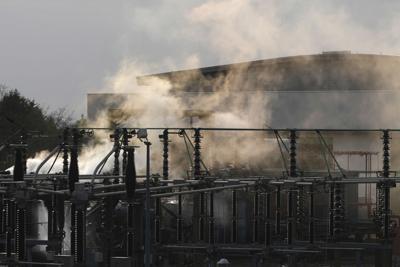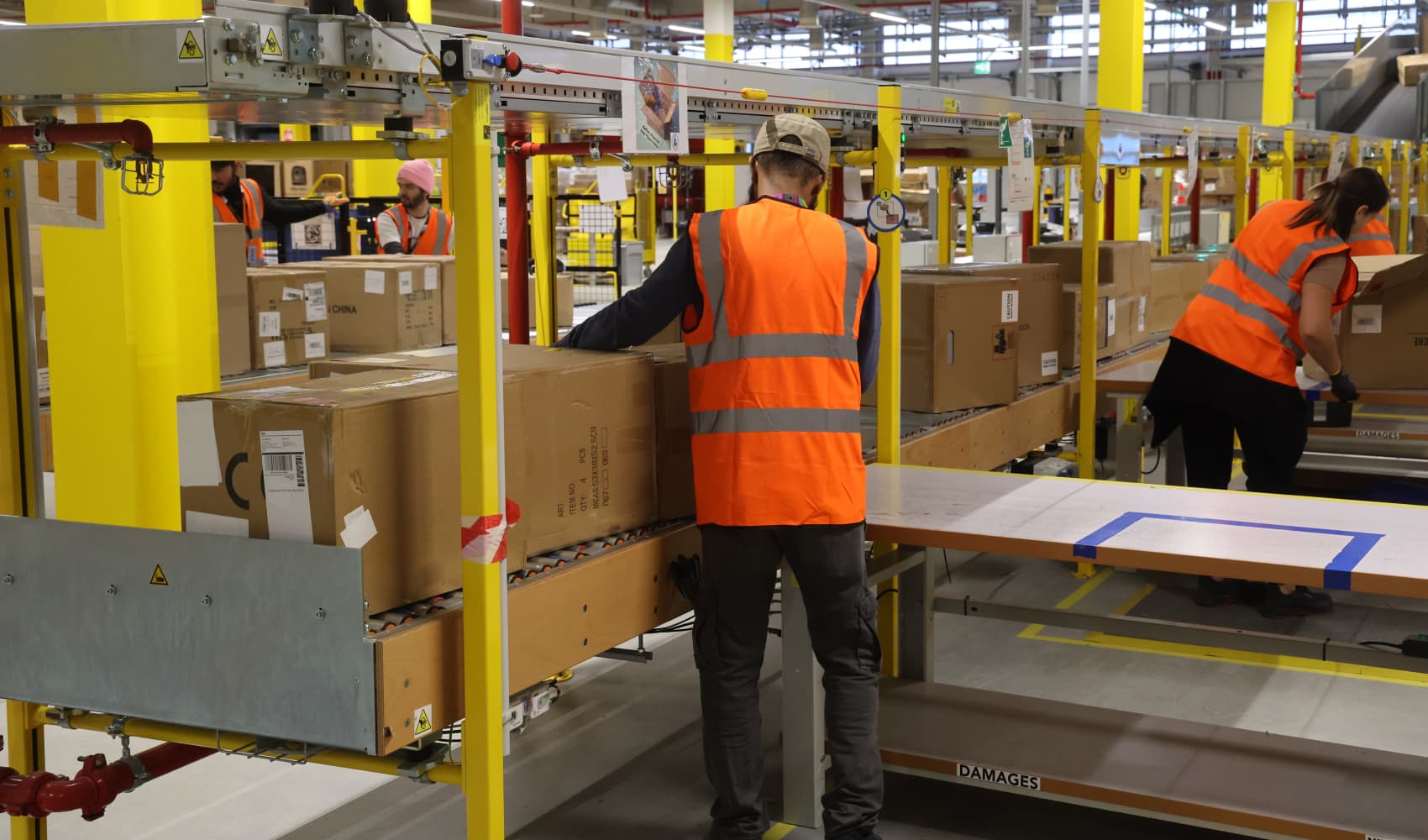The recent inquiry into the electrical substation fire that paralyzed Heathrow Airport, Europe’s busiest air hub, in March has delivered a damning conclusion: the extensive travel disruption was not merely an accident but the direct consequence of a preventable technical fault. This critical report reveals that the very flaw responsible for the 18-hour shutdown had been identified and documented almost seven years prior, casting a long shadow over the airport’s operational diligence and aviation safety protocols.
The revelation that a known technical fault, neglected for nearly a decade, led to such a significant airport fire is particularly egregious. This prolonged oversight points to substantial lapses in critical infrastructure maintenance, the efficacy of safety inspections, and the timely implementation of necessary upgrades. Such a failure within a facility as vital as Heathrow Airport, a key gateway for global travel and trade, raises profound questions about the robustness of its risk management framework and commitment to proactive prevention.
The immediate aftermath of the fire was characterized by widespread chaos and severe travel disruption. Tens of thousands of passengers found their journeys abruptly halted, leading to countless flight cancellations and extensive delays across the busiest air hub in Europe. The economic fallout for airlines and Heathrow Airport itself was substantial, underscoring the critical ripple effect when fundamental technical faults are allowed to fester unchecked, directly impacting both the economy and public confidence.
Beyond the immediate operational and financial impact, the inquiry’s findings highlight a more troubling systemic failure to address identified risks. This report serves as a stark indictment of accountability, challenging the operational diligence practices at one of the world’s premier airports. The fact that a critical safety vulnerability could persist for years without adequate resolution demands a rigorous examination of the decision-making processes and oversight mechanisms in place, not just at Heathrow but across similar critical national infrastructure.
The implications of this report extend far beyond the immediate confines of Heathrow Airport, resonating as a critical warning for major transportation hubs globally. It underscores the paramount importance of proactive maintenance schedules, stringent safety compliance, and robust oversight frameworks to prevent similar catastrophic disruptions. Safeguarding public trust in aviation safety hinges on the unwavering commitment to addressing known technical faults and investing in resilient infrastructure, ensuring that preventative measures are not merely documented but diligently implemented.
Ultimately, the Heathrow airport fire report is a clarion call for renewed vigilance in aviation safety. It emphasizes that lessons from past incidents must translate into tangible operational reforms, prioritizing the rectification of identified weaknesses over complacency. For an industry built on precision and safety, this incident serves as a powerful reminder that continuous improvement and unwavering commitment to preventative maintenance are not just best practices, but absolute necessities to avert future, entirely avoidable travel disruption.
Discover more from The Time News
Subscribe to get the latest posts sent to your email.






